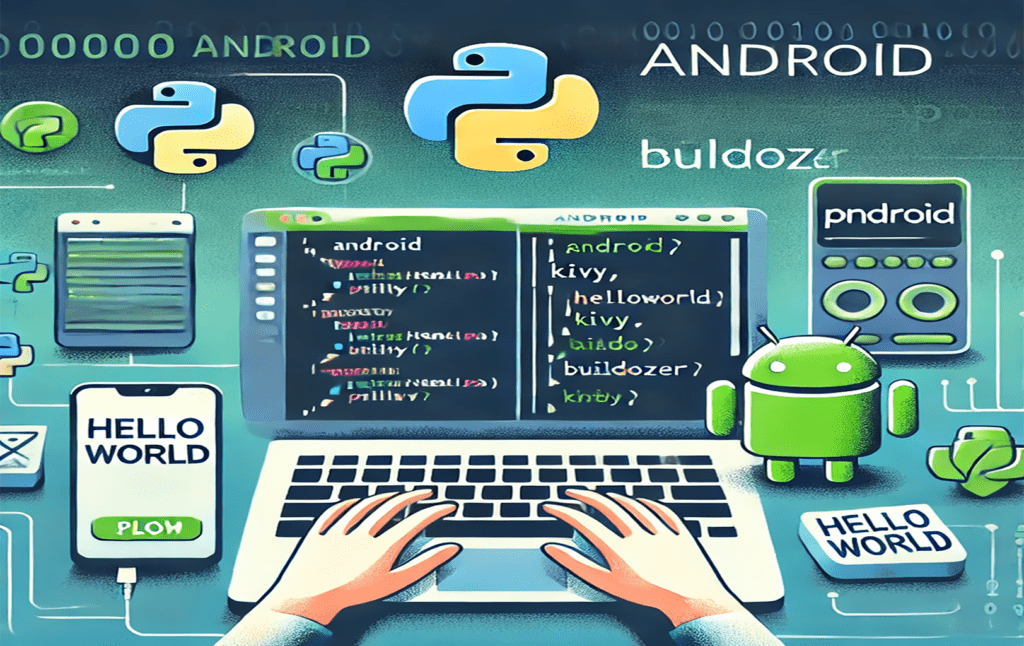When it comes to backend development, for instance, Java, C#, or Python, however, it is evident that Python has always been appreciated due to its aesthetic appeal and flexibility, which in turn puts developers who specialise in it at an advantage as we look ahead to 2025. Python is the preferred language for creating customisable settings because of its backend simplicity and enormous potential for applications in many sectors.
Python is indeed the best language for backend development. Why? Let me describe its numerous benefits and explain why it would be the wisest to choose Python in 2025.
why Python is still able to be the best language for backend development?
1. The codes are easy to comprehend and to draft
While the language has numerous advantages, the primary advantage developers seek from Python is the seamless integration it has into backend programming, making it all in all user-friendly. The language has an easy structure that is more or less a direct translation into English; hence even the most novice of users don’t find it hard to compose or edit code. Instead of fixing minor problems of language ‘syntax’, programmers put in more effort into ‘problem solving’.
2. Rich Framework and Library Ecosystem
Python has rich libraries and frameworks that make it easier and faster to develop backend applications. While Pyramid, Flask, Django, and CherryPy make it relatively easy to write complex, enterprise-level solutions or simple web applications, these frameworks save developers the time and headache of building each of these features from scratch due to the provision of pre-built modules for common backend tasks such as database integration, user authentication, and routing.
These Python libraries, NumPy, Pandas, and Matplotlib, offer advanced features that let developers work more freely when managing analytics and backend data processing tasks.
3. Versatility & Scalability
Python’s adaptability makes it the top option for backend programming in 2025. Whether it’s a straightforward project or a complex application that will serve millions of users. Because Python scalability helps in the growth of your organization.
Python is the language of choice for backend development in startups because it ensures that applications scale well as your user base grows. Python’s strong backend solutions have helped major players like Instagram, Dropbox, and Spotify establish their presence.
4. Thriving Community and Continued Support
Imagine facing a complex problem in the backend only to find zero resources and support to fix it. However, with Python, this is very rare. Boasting one of the most active communities of developers around the world, Python provides access to thousands of forums, tutorials, and discussion boards, all working towards collaboratively solving the problems.
It is also supported and updated all over the world, and with every new version, you will get the newest tools and features so that your 2025 development will be current with the latest technological progress.
5. A Fusion of AI Tools and Machine Learning Backed Development
AI tools and integration of machine learning are transforming the world’s landscape and Python is at the forefront of this movement. AI model building and training programs frequently utilize some popular Python modules which includes TensorFlow and Torch. This integration permits builders to seamlessly integrate sensible functions including chatbots, recommendation engines, or facts analytics into their packages.
Such a definitive shift would no longer have been feasible without permitting developers to combine AI gear with traditional backend technology, which explains why in backend development the use of Python has long gone mainstream.
6. Greater Cost Effectiveness and Rapid Prototyping Capabilities
Since Python’s effectiveness helps save time and money on backend projects, which can be expensive. Compared to other languages, its ability to quickly prototype projects allows developers and startups to test concepts more quickly. In 2025, in a rapid tech environment, this rapid turnaround is priceless. Furthermore, the wide range of open-source, free libraries minimizes the need for costly third-party tools.
What Makes Python Flourish In 2025?
The industry is changing quite rapidly every year with each new category of challenges set for developers. Businesses have started to go deeper into customer analytics, AI is seeping into every dimension of digital existence, and there’s an increasing need fast scalability options. Python adopts on every single one of the difficulties head-on. Teams can get started quickly due to its simplicity, and long-term success is ensured by its broad range of frameworks.
Python delivers the ideal balance of speed, scalability, as well as integration capability for backend development, while other programming languages might have specialize advantages.
It will surely be a strong contender in the 2025 development space with its eternally expanding environment, constant updates, and unparalleled flexibility.
What’s the Difference Between Python and Other Languages?
How does Python stand as a programming language compared to the others like Java or Node.js even with excellent backend development?
- While Java is thought for speed and high performance, longer development cycles are generally because of its complexity.
- Node.js fantastic for real-time packages, but it doesn’t have as many wealthy libraries and frameworks as Python does for backend systems.
- Ruby on Rails could be very consumer-pleasant however has a smaller community in comparison to Python.
Taking all these factors into consideration, Python is still a good choice for backend programming for the next decade in terms of scalability, simplicity, and flexibility.
Conclusion
If you are to rate it based on backend development, then surely Python should head your list of programming languages for 2025. This would be the best foundation for making modern flexible systems because of adaptability, simplicity in usage, and compatibility with newer technologies like machine learning and AI.



